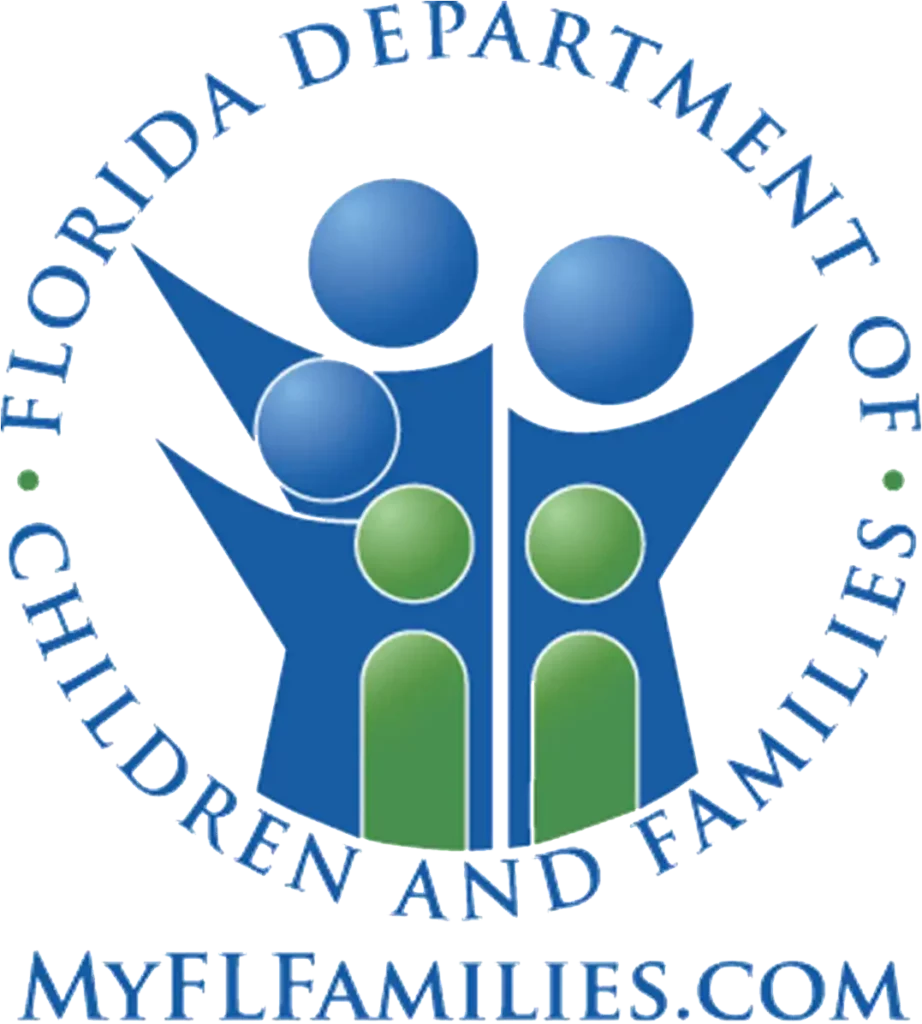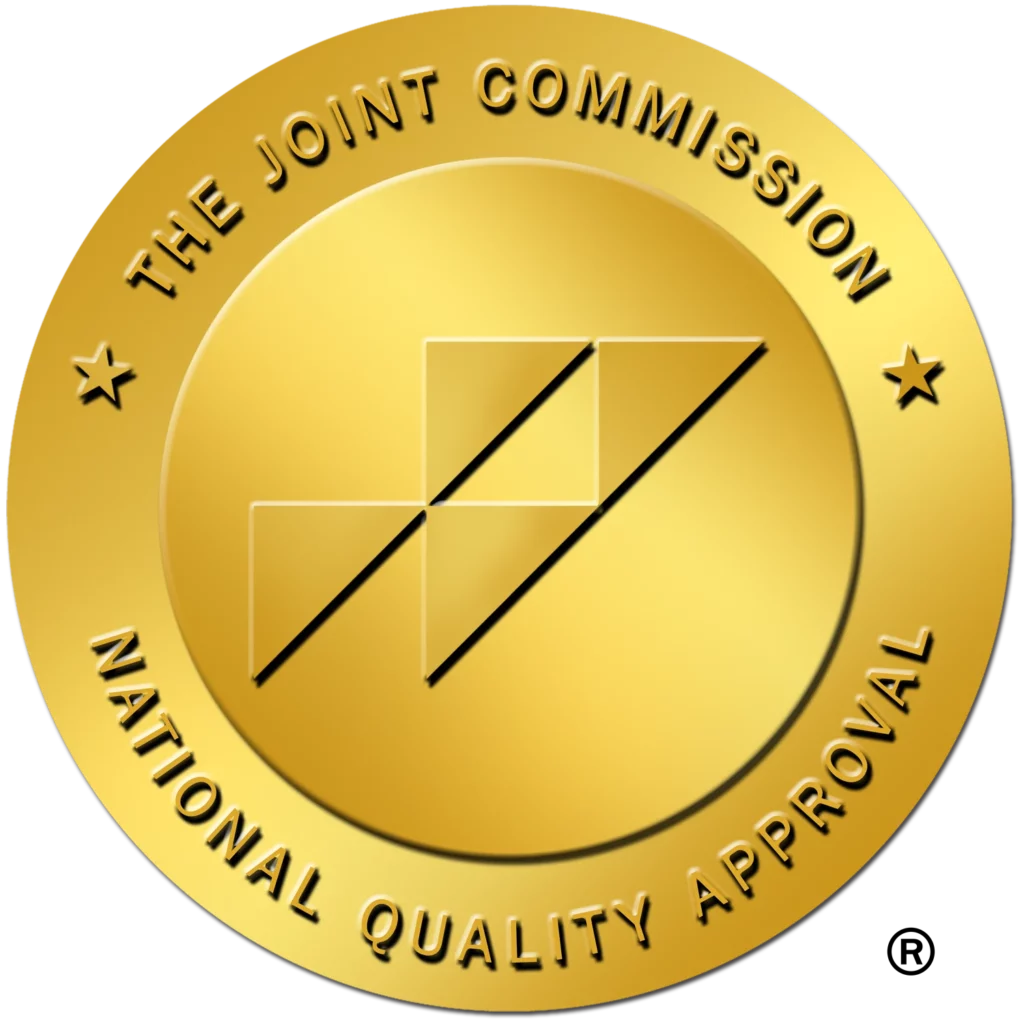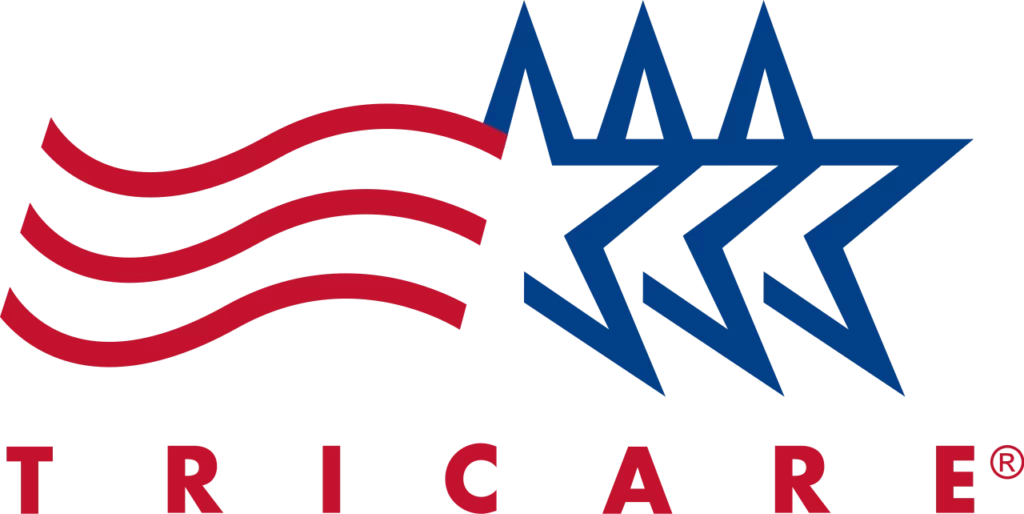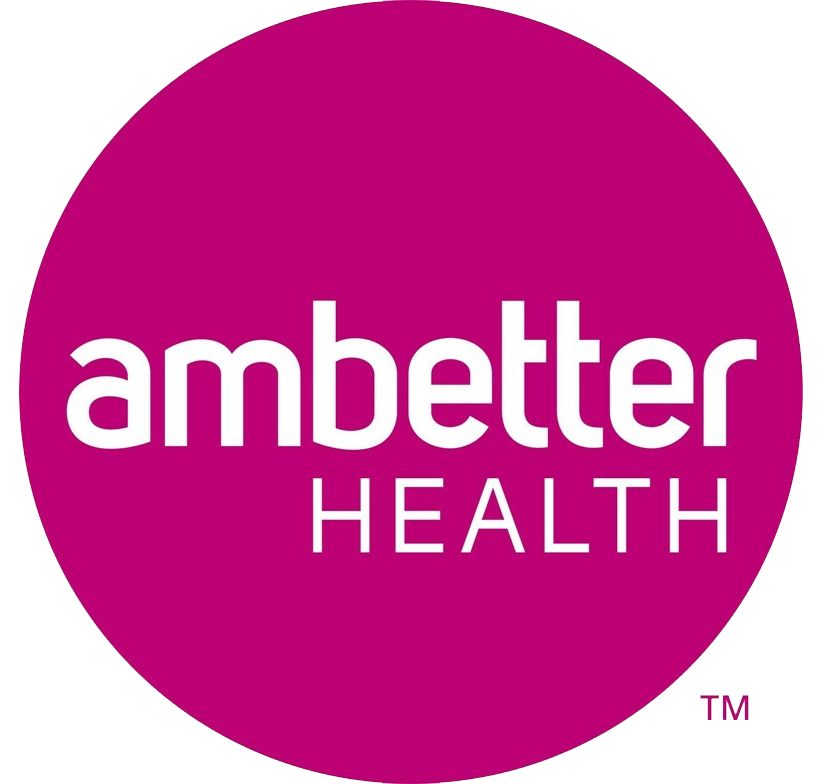Workplace Addiction: Drug Rehab Can Save the Shrinking Job Pool
This entry was posted in Addiction News and tagged Drug Rehab, Solution to Shrinking Job Pool on October 15, 2018 by Justin Baksh, MS, LMHC, MCAP, Chief Clinical Officer.

Marianna* was excited about her new job. After enduring three grueling interviews, she finally received the news that an offer letter was on the way. All that remained to be done? A standard background check and drug test.
Unfortunately, Marianna failed the drug test. She didn’t get the job, and the opening sat vacant for another six months, costing the employer in lost revenue and productivity.
Marianna’s case is not uncommon.
In fact, the number of U.S. workers failing drug tests is the highest since 2004, according to a Quest Diagnostics study. The legalization of marijuana in several states is sure to be contributing to that rise; however, there were also across-the-board increases for nearly every other drug, including cocaine and methamphetamines.
Drugs are not all employers have to worry about…alcoholism is also increasing.
The number of U.S. adults with an alcohol problem has risen sharply – up an astounding 49 percent from 2000 to 2010. One in eight adults can be classified as having an alcohol use disorder (AUD) as of 2013.
Repercussions of Workplace Addiction to Employers
If you are an employer, there’s a good chance that at least one of your employees has a drug or alcohol problem. If you are hiring, the job candidates you meet will, statistically speaking, have the same issue.
In an already tight labor market, this can have a serious effect on your bottom line.
In March, for the first time in U.S. history, there were more jobs than people looking for work. This shortly-held record was shattered again in April. Just to give you a sense of perspective, at the beginning of the Great Recession, there were 6.7 people for every available job.
With lost revenue pressure piling up each month, it’s not as simple as just moving on to the next candidate.
An On-the-Job Case in Point
Indiana-based Belden Electric has taken a groundbreaking approach to dealing with this issue in a meaningful way.
The company is experiencing a “manufacturing renaissance,” as CEO John Stroup was quoted saying in a CNN article. Unfortunately, he, like many other employers, couldn’t find enough qualified workers to keep up with the increased demand due to the epidemic of drug use sweeping the nation affecting would-be employees.
For Belden’s part, Stroup chose to tackle the situation head on… and it’s working.
He came to a surprising conclusion after crunching the numbers: It would be less expensive to pay for job candidates to get sober than to leave jobs unfilled.
Here’s how it works: If a job candidate or current employee fails a drug test yet still wants to be employed by Belden, the company will send them for evaluation at an addiction treatment center. Those who are deemed “low risk” in terms of developing an addiction can still work at the company, just not in a job operating heavy equipment – until they log two months with no failed drug tests. Those who are considered to be at “high risk” for addiction go through a treatment program.
The benefits don’t stop with the dollars, though. Knowing there is a job waiting for them, candidates are incentivized to complete drug addiction treatment and stay sober.
Belden Electric can also count on a high level of motivation and willingness to work hard from those who go through the program. A National Safety Council study showed that employees who’ve recovered from drug and alcohol addiction are actually absent less than employees who never had an addiction.
Belden’s approach is radical, especially compared to the days (not too long ago) when employers would simply go on to the next candidate or fire a current employee for not passing a drug test.
Costs vs. Benefits
Could this trailblazing approach work in other industries as well? How about your business in particular? There is a way to find out.
The National Safety Council website has a Substance Use Cost Calculator available for human resources staff and business owners to use. Based on your industry, location, and number of employees, the calculator will provide an estimated cost of substance abuse. This cost can then be weighed against the cost of sending employees for treatment.
For positions that are going unfilled, the calculation is simply this: How much revenue or productivity are you losing each month? This number will tell you if the cost of treatment is worth it. (Consider that it could take three months or longer to find an employee in this tight market).
Remember, too, that having another employee try to cover for an open position is not nearly as effective as having a capable employee on the job. Even in a best-case scenario, the current employee will struggle to fulfill the minimum required for both jobs.
Alcoholism and Drug Abuse Don’t Magically Disappear
Some employers have chosen to abandon drug tests altogether in response to the shrinking labor pool. A Bloomberg article reported that AutoNation, the Denver Post, and Las Vegas based Excellence Health had ceased giving drug tests to at least some of their applicants. Other companies are dropping marijuana from the drugs tested, especially in states where recreational use is legal.
This can be a tempting option, as it solves the immediate problem of hiring a candidate, but is it a case of kicking the can down the road? In other words: Are you hiring a problem?
Studies have shown that the cost of employee drug and alcohol abuse add up – into the billions each year in the U.S. alone. According to the National Safety Council, the cost to employers ranges from $2.7K per agricultural job to $13.5K per information and communications job – per year.
Drug Rehab Removes Presenteeism
It’s not just about workplace accidents, which can be costly: Workers with a substance abuse disorder rack up more in health care costs, absenteeism, and turnover. There is also “presenteeism,” which isn’t as easily measured as absenteeism, to consider. Presenteeism is a phenomenon where workers are on the job, but they aren’t working at their full potential – or working at all.
The challenge posed for employers: Are you paying workers to simply show up, or to work?
Addiction Treatment for Employees Saves Your Bottom Line
The other side of the equation is the savings employers experience when employees recover from addiction by receiving treatment. These savings range from $1.2K a year for each agriculture employee to $8.5K a year for each information and communications employee.
Drug and alcohol treatment pays for itself once employees recover – in reduced healthcare costs alone – according to research. And with extended treatment, the drug abuse stops and functioning in all areas of life improves.
Company Drug Policy Is an Asset
With the growing numbers of people addicted to alcohol or drugs in this country, revisiting your current company drug policy or ensuring you actually have one is time well spent. If you have employees that exhibit the signs of chemical dependency Foundations Wellness Center can help.
We offer a nationwide program to employers, as well as individual patients, to include a full spectrum of care, individualized and evidence-based treatments, and an alumni program for ongoing support – essential to prevent relapse.
*Not her real name.










